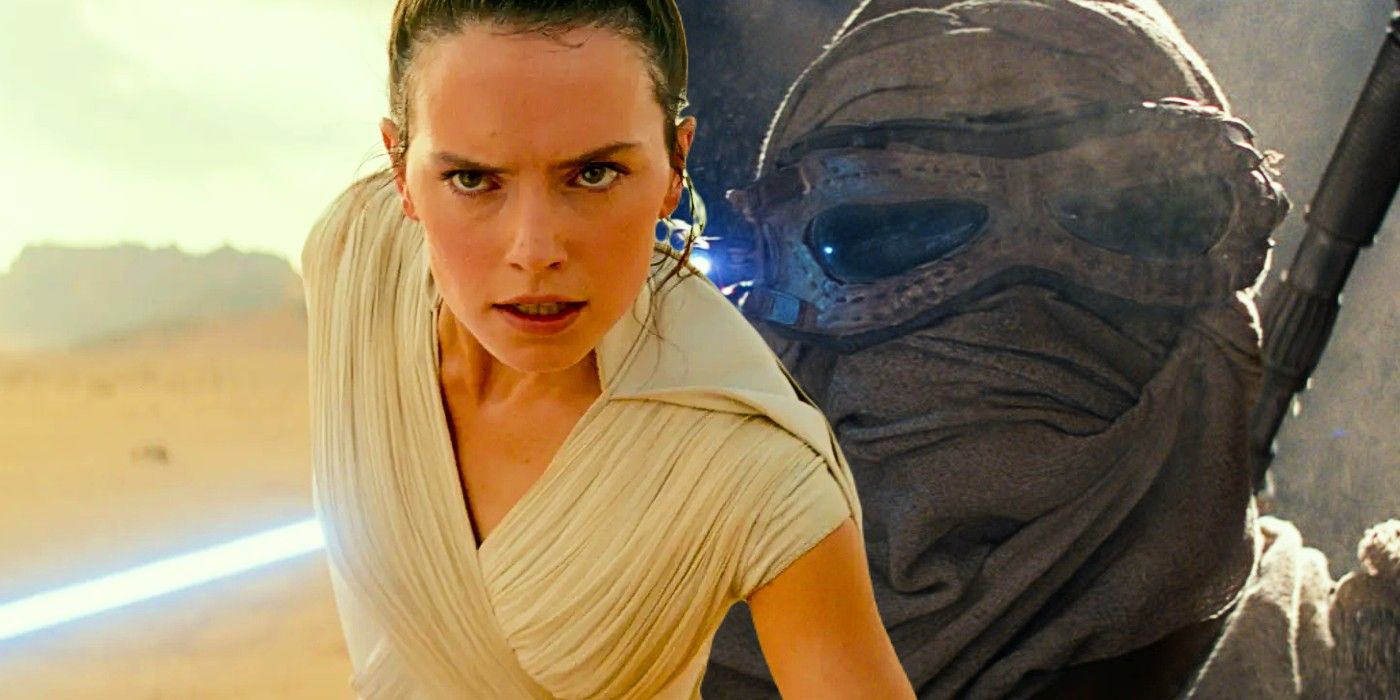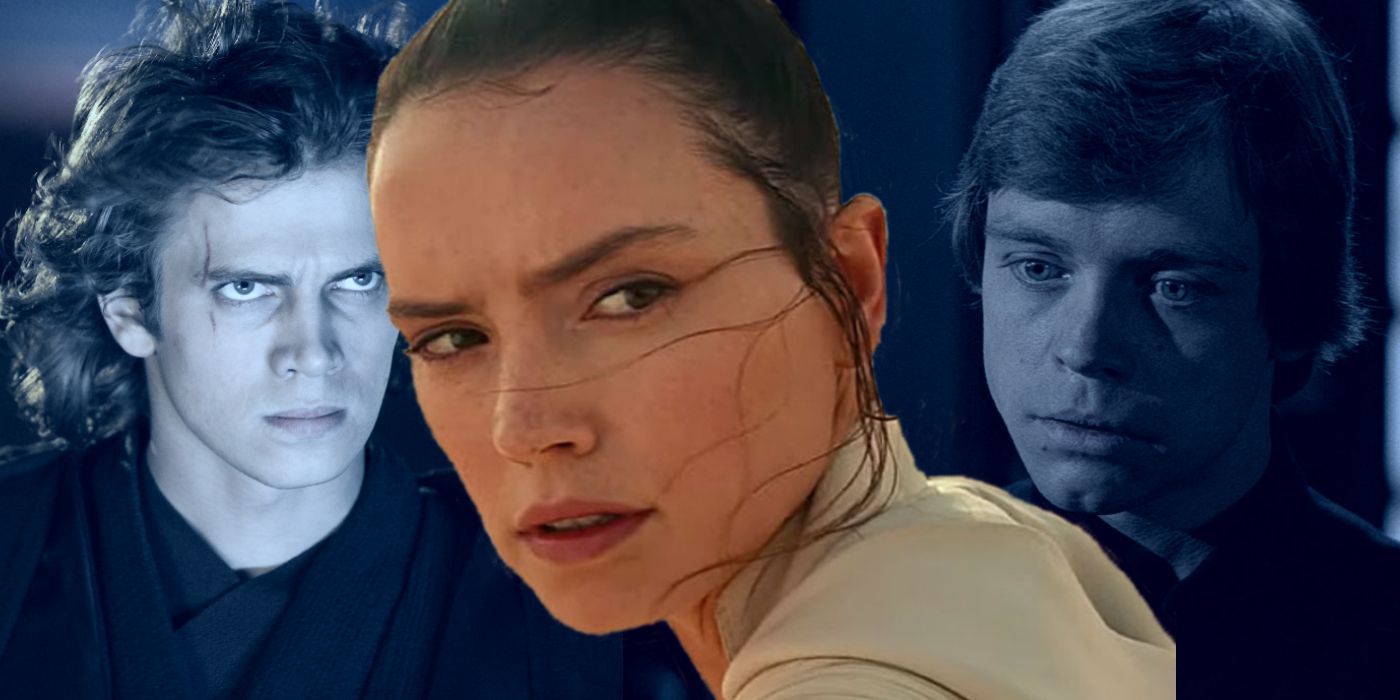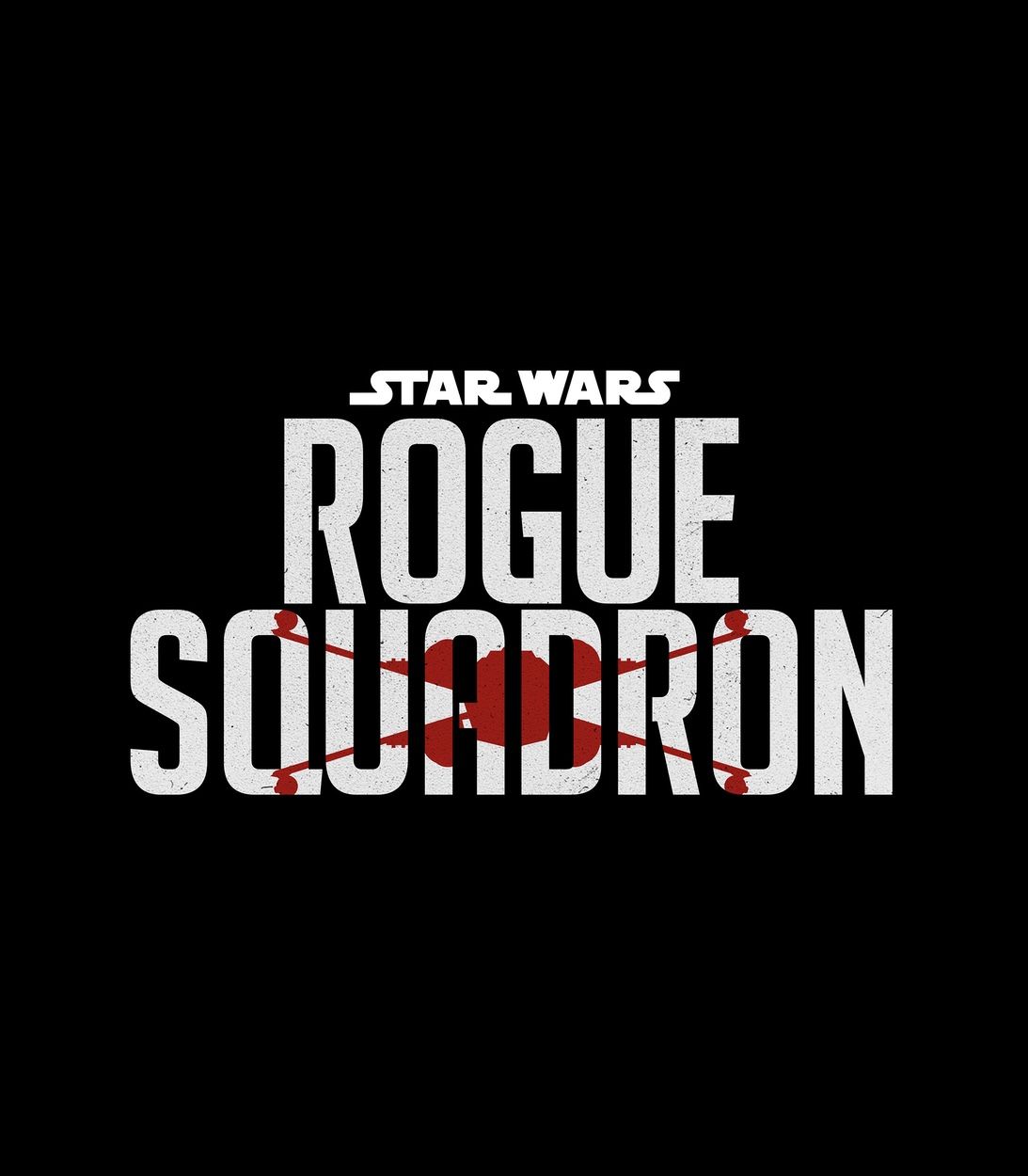Although Rey's origin wasn't clarified until Star Wars: The Rise of Skywalker, her Palpatine lineage and Skywalker destiny were hinted in her first scene in Star Wars: The Force Awakens. Similar to so many heroes that came before her in the Star Wars galaxy, Rey was thrust into the heart of the fight between good and evil, forced to navigate a whole new world.
Rey is first introduced while she is scavenging the wreckage on the planet Jakku. Her journey across the desert shows the remnants of a war she hardly understood. A mysterious melody masterfully composed by John Williams himself, soars above these images of Rey in The Force Awakens. Williams uses a particular sequence of notes in her theme known as the Dies Irae, which has its roots in Gregorian chant. The words translate to “Day of Wrath,” and the musical motif is often used to evoke a sense of doom or even death. Although such an inclusion might seem like a bold move, this isn’t the first time that Williams has included the Dies Irae in his Star Wars compositions.
The points at which the Dies Irae have been included within Star Wars might have been intentional. The scenes in which the motif can be heard are some of the most emotionally intense moments in the entire franchise. Each scene which incorporates the motif has been a pivotal moment for key characters in the Skywalker legacy. Since "Rey’s Theme" is built on the same motif, she is automatically connected with previous central figures. Despite being depicted as a "nobody" in the sequel trilogy's first two installments, the score which accompanies her seems to conflict with the notion.
The bell is the first instrument to introduce the Dies Irae figure at around 14 seconds into "Rey's Theme" (via YouTube). Another memorable point at which the same figure can be heard is around 1:42 in the piece "Burning Homestead" from A New Hope when Luke discovers his Aunt Beru and Uncle Owen were killed (via YouTube). Anakin has also been paired with this same motif a number of times in the prequel trilogy. First, it occurs in Star Wars: Episode II - Attack of the Clones when he tells Padmé that she is tormenting him, and it returns later when his mother Shmi dies. Lastly, the Dies Irae can also be heard when Obi-Wan cuts down Anakin in Star Wars: Episode III - Revenge of the Sith. These moments were hugely impactful for both Luke and Anakin, propelling their lives into two drastically new directions.
"Rey’s Theme" from Star Wars: The Force Awakens is a nod to these previous scenes and connects her to the Skywalker saga in the most emotionally-driven way possible. After the events of The Rise of Skywalker, the motif in "Rey's Theme" has new context which elevates its original intention by Williams. It’s easy to spot in hindsight, but the hint of Rey’s lineage and her ultimate destiny was retroactively included at the very beginning of her journey.



